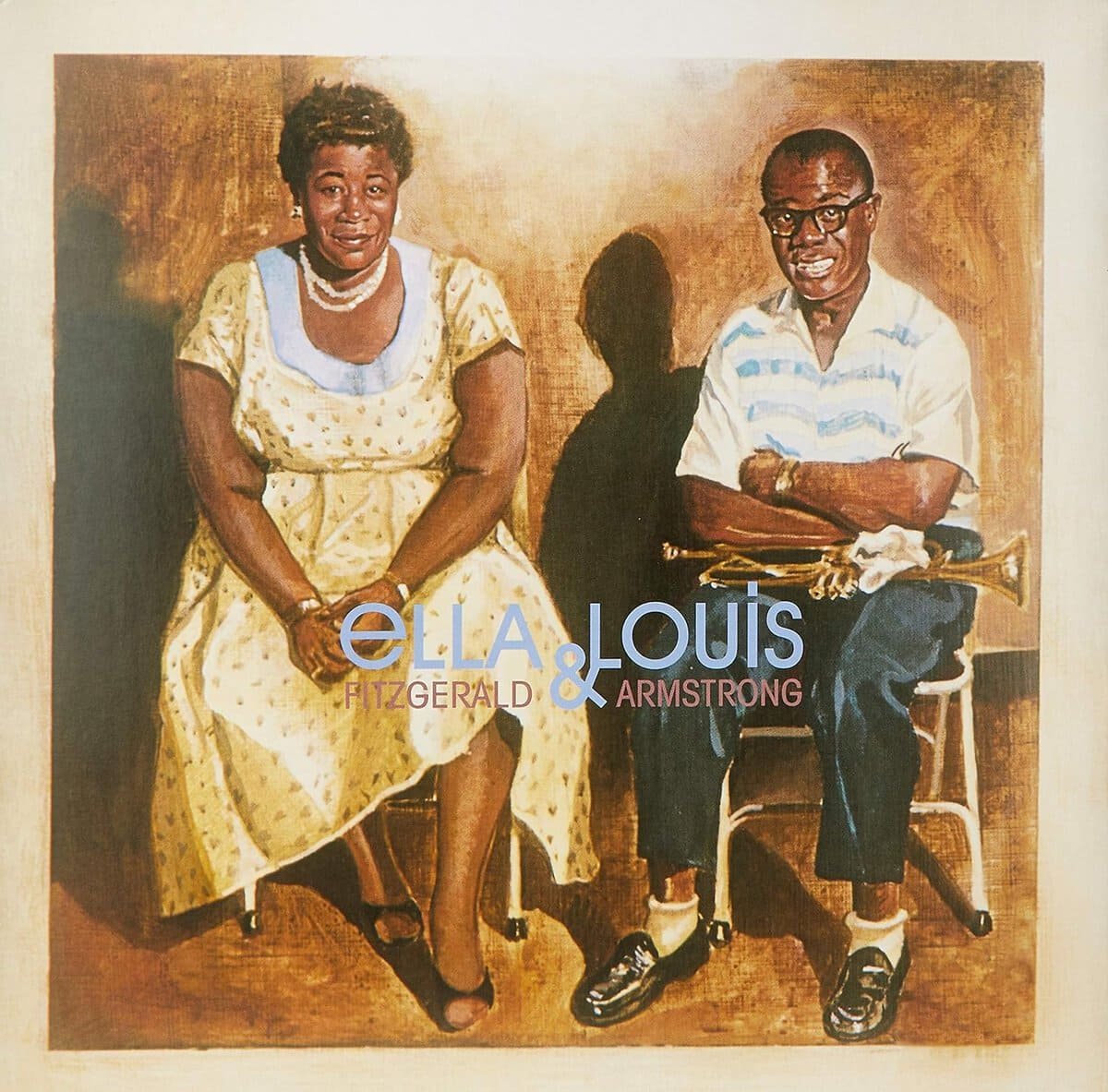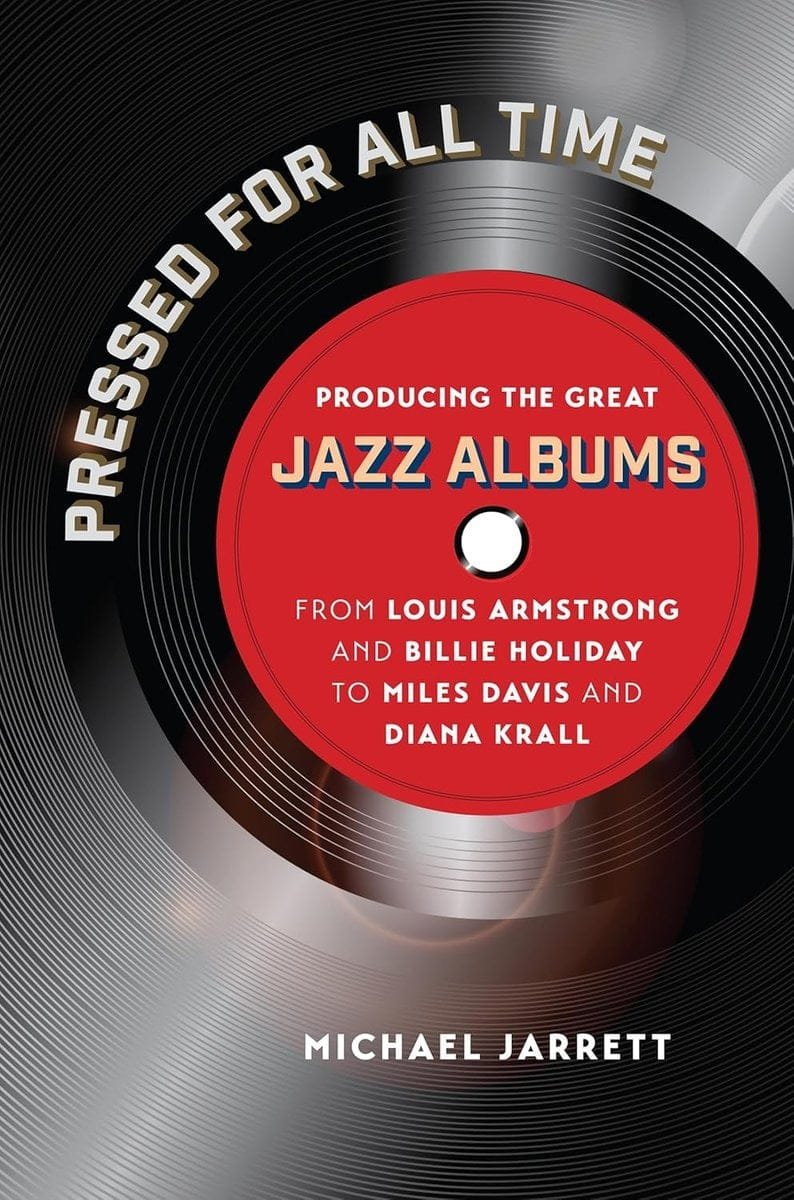Call and response in jazz rhythm's like a musical conversation you're always invited to, and let's be real, sometimes I'm just trying to keep my foot tapping and not embarrass myself! This lively exchange, rooted in African traditions, lets musicians interact in real-time, just like how I awkwardly converse at parties. Legends like Louis Armstrong and Duke Ellington mastered this dynamic, making jazz feel like an exciting chat rather than a performance. Plus, it's a community builder! So, if you've ever wondered how this rhythm works its magic, there's a lot more to explore!
Key Takeaways
- Call and response is a dynamic technique in jazz that fosters improvisational exchanges between musicians, enhancing creativity and musical dialogue.
- This technique has roots in African musical traditions, emphasizing communal expression and rhythmic patterns that resonate with audiences.
- Influential jazz legends like Louis Armstrong and Duke Ellington exemplified call and response, shaping the collaborative spirit of the genre.
- The art form encourages audience participation, transforming performances into shared experiences that strengthen community connections.
- Call and response plays a crucial role in educational settings, promoting active listening and improvisational skills while fostering emotional connections among students.
Definition of Call and Response
Call and response is a dynamic musical technique that creates a lively dialogue within jazz. Imagine you're at a jazz concert, and the saxophone plays a catchy phrase—the call. Then, almost like a conversation, the trumpet jumps in with a playful response. It's like the musicians are chatting, and you're the lucky eavesdropper!
This improvisational exchange isn't just fun; it's essential for jazz. It encourages musicians to interact, showcasing their creativity and spontaneity.
Now, if you're like me, you might think, "Can I join in?" Well, that's the beauty of it! Call and response invites everyone, including the audience, into the musical dialogue. You mightn't have a trumpet, but you can clap along or even hum the responses.
This technique has roots in African musical traditions, which means it brings a rich history into the jazz scene. Just think of legends like Louis Armstrong and Duke Ellington, who mastered this art.
Historical Roots in African Music
The lively exchange you hear in jazz has its roots deeply embedded in Sub-Saharan African cultures. You know, it's like finding out that your favorite dessert has a secret family recipe!
Call and response is a cornerstone of African traditions, where people engage in communal expression. It's a bit like a musical conversation, where everyone pitches in.
Here are some key elements that shape this incredible legacy:
- Rhythmic Patterns: These patterns weave through the music, creating a heartbeat that resonates with listeners.
- Cultural Significance: Each call and response serves as a reminder of shared history and experience, connecting generations.
- Improvisational Techniques: Musicians use this format to showcase creativity, making every performance unique, kind of like a snowflake—no two are alike!
- Musical Storytelling: It's a way to convey emotions and spiritual resonance, telling stories that touch the soul.
Influence on Jazz and Beyond
So, you might think call and response is just a fancy way for musicians to chat on stage, but it's way more than that!
This rhythmic back-and-forth not only shaped jazz but also helped create a sense of community, making everyone feel like they're part of the show—kind of like when you try to sing along to your favorite song, but totally forget the lyrics.
As we explore how this technique evolved in jazz and beyond, you'll see it's not just about music; it's about connection, culture, and maybe even a few awkward dance moves along the way!
Historical Roots in Jazz
Jazz's vibrant call and response technique traces its origins to African musical traditions, where it played an essential role in community engagement and storytelling.
Imagine the rhythm of drums echoing as people sang back to one another, creating a musical conversation. Pretty cool, right?
This technique made its way to America with enslaved Africans, influencing genres like gospel, blues, and early jazz—especially in New Orleans during the 1920s.
Here are four key points to help you grasp its importance:
- Fostering Community: Call and response encouraged participation, making everyone feel involved, even if you can't carry a tune in a bucket.
- Improvisational Techniques: Musicians would spontaneously respond to each other, creating a unique sound each time—like a musical game of tag.
- Rhythmic Patterns: The interplay of rhythms kept audiences engaged, tapping their feet or snapping their fingers.
- Legacy of Giants: Icons like Louis Armstrong and Duke Ellington showcased this technique, proving it's essential for jazz communication.
Today, call and response still shines in contemporary jazz, reflecting its rich roots and endless adaptability.
Community Engagement Through Music
Music serves as a powerful vehicle for community engagement, particularly in jazz, where every note and rhythm invites participation. You might think jazz is just about cool cats in dark clubs, but it's way more than that! Organizations like Harlem Late Night Jazz put on fantastic community outreach events, supporting local musicians and giving everyone a chance to jam.
You know, it's like those musical workshops where you're awkwardly trying to play an instrument you've never touched—everyone's in it together, and that's the beauty of it!
When you attend a jazz festival, you're not just listening; you're part of something bigger. The call-and-response technique gets the audience involved, creating a communal vibe that makes you feel like you belong.
Plus, these events showcase diverse talents, reminding us of jazz's rich roots in African traditions of communal expression. Donations to non-profits help keep this cultural treasure alive, so every time you tap your foot, you're supporting the rhythm of your community.
Evolution Across Musical Genres
Call and response not only creates a vibrant atmosphere in community events but also plays a significant role in the broader evolution of musical genres. You mightn't realize it, but this technique is like the musical cousin of a good conversation, blending cultural exchange and rhythmic innovation.
So, let's break it down a bit:
- Roots in Africa – Call and response began in African traditions, providing the groove for jazz and beyond.
- Gospel and Blues – These genres took the baton, laying the groundwork for jazz's unique sound.
- Jazz Interaction – In jazz, it's like having a musical chat, with instruments responding to each other, much like how I respond to my cat when she "talks" to me at 3 AM.
- Modern Adaptations – Today, you can hear this technique in rap, reggae, and pop, proving it's as relevant as ever.
Artists like Louis Armstrong and Duke Ellington used call and response to create magic, drawing listeners in like moths to a flame.
Examples in Jazz Performance
So, let's chat about some cool examples of call and response in jazz that'll make you feel like a musical detective—but without the trench coat.
Picture Dave Brubeck tickling those piano keys while Paul Desmond's sax swoops in like a friendly bird, each taking turns to create a lively conversation.
And if you ever catch a performance from legends like Louis Armstrong or Duke Ellington, you'll see how this playful back-and-forth truly brings the music to life, making everyone feel like they're part of the jam session, even if you can't carry a tune in a bucket!
Historical Jazz Context
Throughout jazz history, the call and response technique has played a crucial role in shaping performances and fostering creativity among musicians.
It's like a musical game of tag, where each player takes a turn, and you can't help but smile at the spontaneity it brings.
Here are some standout examples that'll have you tapping your feet:
- New Orleans Jazz: This vibrant scene in the 1920s turned call and response into an art form, creating a rich tapestry of cultural exchange.
- Louis Armstrong: His trumpet would engage in an improvisational dialogue with vocalists, showcasing dynamic exchanges that felt like a conversation at a lively dinner table.
- Dave Brubeck Quartet: Picture Brubeck's piano and Paul Desmond's saxophone weaving rhythmic patterns together, like a couple dancing in perfect sync.
- Contemporary Jazz: Even today, musicians use call and response to enhance audience interaction, making you feel like part of the performance, not just a bystander.
It's this blend of artistic collaboration and spontaneous creativity that keeps jazz alive, reminding us that music is truly a shared journey.
Prominent Jazz Artists
Many prominent jazz artists have mastered the call-and-response technique, elevating their performances and creating memorable musical dialogues. Take Louis Armstrong and Duke Ellington, for instance; they were like musical superheroes, showcasing the interactive nature of jazz music. You can almost hear them engaging with their audiences, right?
The Dave Brubeck Quartet took this to another level with the dynamic interplay between Brubeck's piano and Paul Desmond's alto saxophone during improvisational solos. It's like they were having a musical conversation that you just wanted to eavesdrop on!
And let's not forget modern artists like Wynton Marsalis and Esperanza Spalding, who skillfully blend traditional jazz improvisation techniques with their own innovative styles. They invite audiences to participate, creating audience participation dynamics that turn a concert into a shared experience.
Imagine being at a show where the musicians look at you, urging you to join in. It's both thrilling and slightly terrifying, like being called on in class when you haven't done the reading! But that's the beauty of jazz—the spontaneity and connection between musicians and listeners can create magic.
Educational Importance in Music
In music education, the call and response technique plays an essential role in enhancing students' learning experiences. You see, it's not just about making noise; it's about creating a whole symphony of understanding and connection.
This method boosts student engagement and sparks creative expression like a match lighting a fire—just don't burn down the classroom!
Here are four ways call and response shines in music education:
- Active Listening: It teaches you to really listen. You'll find yourself tuning in, like a radio searching for a favorite station.
- Improvisational Skills: You get to release your inner jazz artist, improvising freely and expressing yourself without fear of judgment—unless your teacher has a particularly keen ear!
- Understanding Structure: Call and response helps you grasp musical form, making you feel like a composer deciphering a secret code.
- Collaboration: Working together in these activities builds a supportive environment, turning classmates into your own little band of merry musicians.
Legacy and Cultural Impact
Call and response isn't just a teaching tool; it's a deep-rooted aspect of jazz that reflects its rich legacy and cultural impact. You see, this technique isn't just for musicians to show off; it's about creating a musical dialogue that draws in everyone, even those of us who can't hold a note. Think of it like a conversation—sometimes a little awkward, but incredibly rewarding!
Here's a peek at how call and response has shaped music:
| Element | Cultural Significance | Musical Dialogue |
|---|---|---|
| African Roots | Birth of diverse music styles | Spontaneous interaction |
| Influential Artists | Legends like Armstrong and Ellington | Collaborative spirit |
| Legacy in Modern Music | Foundation for contemporary genres | Engaging audiences |
| Emotional Connection | Fosters community and joy | Artist-audience engagement |
| Timeless Influence | Echoes in every genre | Ongoing musical conversations |
Conclusion
So, in the grand symphony of life, call and response isn't just for jazz musicians; it's for all of us. Whether you're jamming with friends or just trying to find your way through a tricky math problem, listening and responding is key. Like a game of musical tag, you catch the rhythm, and it catches you back. Remember, it's not about hitting all the right notes; it's about making music together, even if sometimes you hit a few sour ones!


